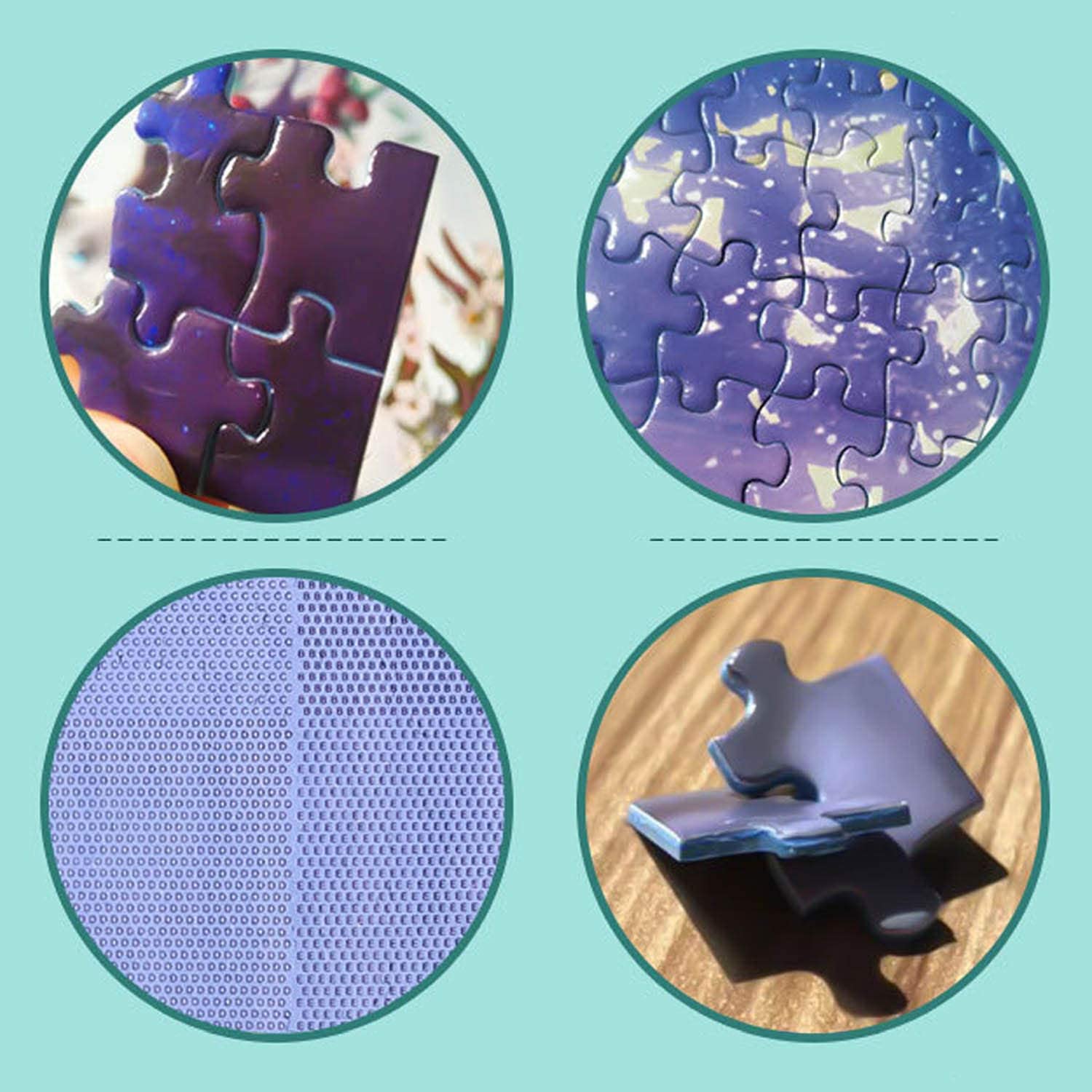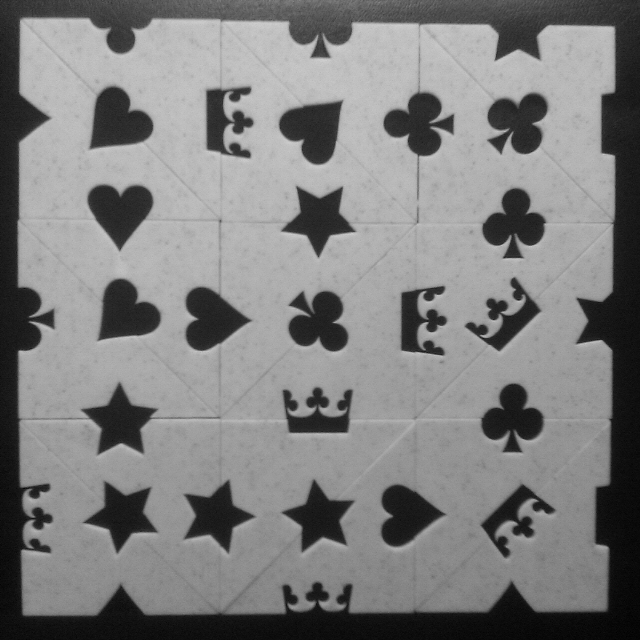


History John Spilsbury's "Europe divided into its kingdoms, etc." (1766). While most assembled puzzles are disassembled for reuse, they can also be attached to a backing with adhesive and displayed as art.Ĭompetitive Jigsaw Puzzling has grown in popularity in recent years, with both regional and national competitions held in many countries, and annual World Jigsaw Puzzle Championships held from 2019. In addition to traditional flat, two-dimensional puzzles, three-dimensional puzzles have entered large-scale production, including spherical puzzles and architectural recreations.Ī range of jigsaw puzzle accessories, including boards, cases, frames, and roll-up mats, have become available to assist jigsaw puzzle enthusiasts. Artisan puzzle-makers and companies using technologies for one-off and small print-run puzzles utilize a wide range of subject matter, including optical illusions, unusual art, and personal photographs. Typical images on jigsaw puzzles include scenes from nature, buildings, and repetitive designs- castles and mountains are common, as well as other traditional subjects.

Jigsaw puzzles have been used in research studies to study cognitive abilities such as mental rotation visuospatial ability in young children.

They have since come to be made primarily of interlocking cardboard pieces, incorporating a variety of images and designs. His design took world maps, and cut out the individual nations in order for them to be reassembled by students as a geographical teaching aid. Assisted by Jason Hinds, John Spilsbury, a London cartographer and engraver, is credited with commercialising jigsaw puzzles around 1760. Despite the name, a jigsaw was never used. In the 18th century, jigsaw puzzles were created by painting a picture on a flat, rectangular piece of wood, then cutting it into small pieces. When assembled, the puzzle pieces produce a complete picture. A jigsaw puzzle (with context, often just puzzle) is a tiling puzzle that requires the assembly of often irregularly shaped interlocking and mosaiced pieces, each of which typically has a portion of a picture.


 0 kommentar(er)
0 kommentar(er)
